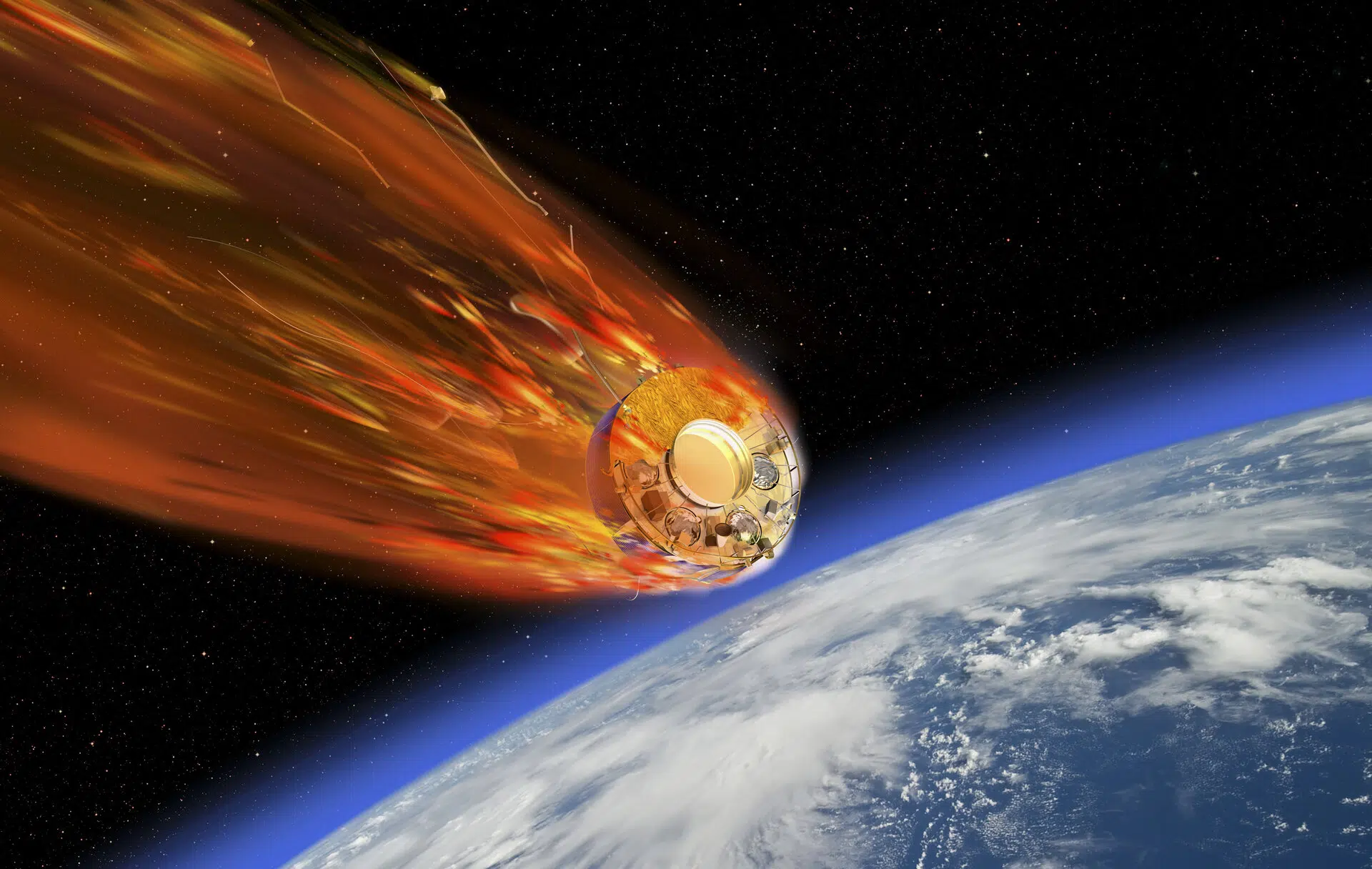For a quarter of a century, the European Space Agency’s Cluster mission has been a silent sentinel, navigating the cosmic seas to unlock the mysteries of solar winds and their profound impact on Earth’s environment. What began as a tragic story of challenges and setbacks evolved into a saga of scientific triumph. As the mission comes to a close in 2024, its legacy remains as one of the most significant space exploration feats of the early 21st century. Through years of unwavering dedication, Cluster has provided invaluable insights into the unseen forces shaping our planet’s protection from solar storms.
The Mission’s Groundbreaking Impact on Solar Research
The Cluster mission, launched in 2000, focused on studying the complex interactions between solar winds and Earth’s magnetosphere. These invisible solar particles, ejected from the Sun at supersonic speeds, are deflected by Earth’s magnetic shield, protecting us from potential harm. However, this shield isn’t perfect, and solar storms still have the potential to disrupt our atmosphere, communications, and even power grids. The Cluster satellites, four in total, spent over two decades in orbit, providing researchers with an unprecedented view of these dynamic interactions.
As reported by Phys.org the Cluster mission’s data has been crucial in understanding the fine details of the Sun-Earth connection. The satellites’ unique ability to monitor the solar wind from multiple points simultaneously allowed scientists to observe the flow and composition of particles in real-time, providing insights into phenomena like geomagnetic storms and auroras. This information has been instrumental in improving weather forecasting models for space, potentially protecting Earth from solar events that might otherwise go undetected.
 Cluster satellite reentering Earth’s atmosphere. Image credit: ESA
Cluster satellite reentering Earth’s atmosphere. Image credit: ESA
How Solar Winds Shape Our Planet: The Science Behind the Mission
The Cluster mission wasn’t just about gathering data—it was about understanding how solar winds impact the Earth’s environment on a broader scale. These solar winds, which are streams of charged particles from the Sun, can cause geomagnetic storms that affect Earth’s magnetic field. These storms can lead to disruptions in satellite communications, GPS systems, and power grids on Earth.
The satellites’ primary task was to investigate how the solar wind interacts with the Earth’s magnetosphere, an invisible protective shield surrounding our planet. By studying this, scientists gained a deeper understanding of how this interaction shapes the behavior of Earth’s environment. What makes Cluster unique is its ability to study these phenomena from multiple perspectives, offering a multi-dimensional view of space weather.
Moreover, Cluster not only helped with understanding solar winds but also contributed to improving predictions about how solar activity impacts technology and human life on Earth. This research has applications in space exploration, helping us plan for long-duration missions and better prepare astronauts for exposure to space radiation.
The Human Story: The Team Behind the Cluster Mission
While the science behind the Cluster mission is awe-inspiring, what truly makes it extraordinary is the human story woven into its success. The mission, which spanned two and a half decades, was not without its challenges. It began with tragedy—the loss of a previous mission—and evolved into a triumph of perseverance, teamwork, and innovation.
Over the years, a dedicated team of scientists and engineers, including Arnoud Masson, C. Philippe Escoubet, Gill Watson, and others, worked tirelessly to keep the mission running smoothly. Their collective effort made it possible for Cluster to continue delivering critical data throughout its mission life. Their story, shared in ESA’s video Seas of the Sun, reveals the passion and determination of those who spent decades working behind the scenes to unlock the mysteries of space.

